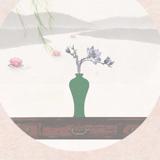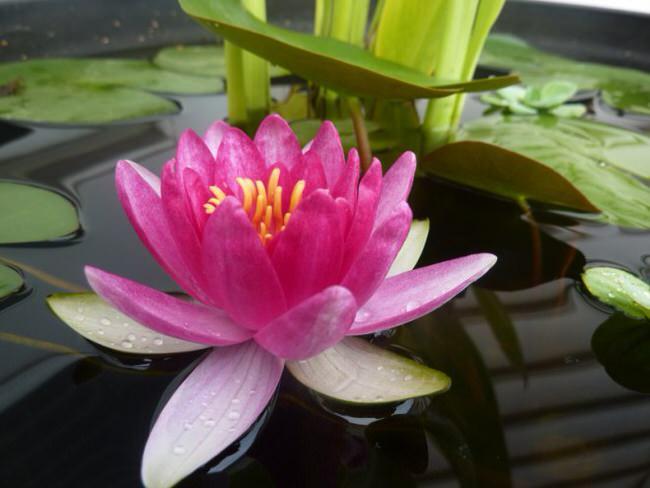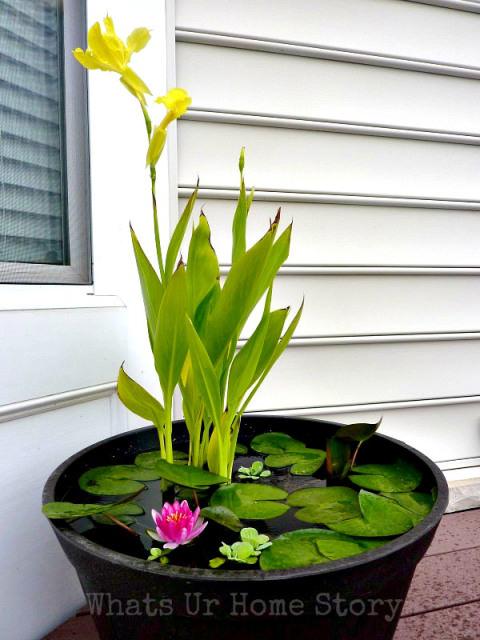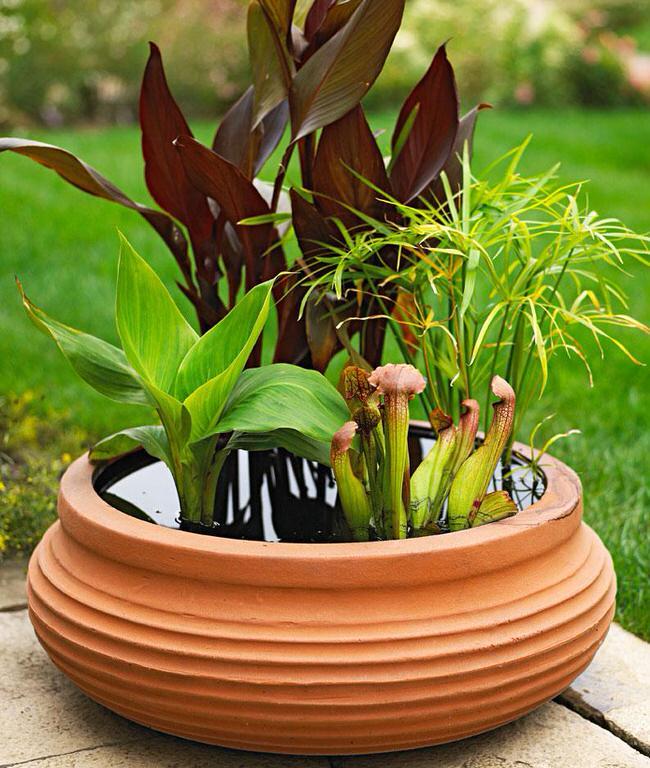文章
Dummer. ゛☀
2017年07月11日

Family - Scrophulariaceae
Stems - No info yet.

Leaves - No info yet.

Inflorescence - No info yet.
Flowers - No info yet.
Flowering - May - September.
Habitat - slow streams, lake and pond margins, swamps, ditches, sloughs.
Origin - Native to U.S.
Other info. - This species can be found scattered throughout most of Missouri. The plant is easy to identify becasue of its habitat, hairy stems, and opposite, round leaves. The plant can grow in submerged in water or at the water's edge. Submerged plant have a much more elongate appearance than those growing primarily on land.
The tender stems and leaves of this species are eaten by wildlife.
Stems - No info yet.

Leaves - No info yet.

Inflorescence - No info yet.
Flowers - No info yet.
Flowering - May - September.
Habitat - slow streams, lake and pond margins, swamps, ditches, sloughs.
Origin - Native to U.S.
Other info. - This species can be found scattered throughout most of Missouri. The plant is easy to identify becasue of its habitat, hairy stems, and opposite, round leaves. The plant can grow in submerged in water or at the water's edge. Submerged plant have a much more elongate appearance than those growing primarily on land.
The tender stems and leaves of this species are eaten by wildlife.
0
0
文章
Gina
2017年05月23日


We love water in a garden because its one of the basic elements of life… And it reminds us of a pleasant stream or idyllic pond, right in our own backyard space! However, if you have a small garden, or simply don’t want to go to all the work of digging out an in ground water feature, DIY container water gardens are an easy and fun project. You can create a simple fountain, or grow pretty pond plants as well. Check out these projects perfect for any DIY gardener! And if you need some help with what to plant in your new container, check out our post on pond plants.
Our feature project above and below, is from Vidya at ‘What’s Ur Home Story?’. Her tutorial on her DIY container water garden lets you create this mini pond on any patio, and it’s easy! She tells you how to control mosquitos, and how to add fish as well. Her water lilies turned out so pretty!

‘Midwest Living’ shows us how to make 3 easy water gardens, complete with good explanations on how this little biosystem works.


Don’t know where to get supplies for your water garden? ‘Martha’ gives us her list of their favorite mail order companies for water plants and supplies.

Your local public garden may put on free classes on creating a water garden, like this one at ‘Wave Hill‘ garden and cultural center in NY. This pic is also a good example of keeping it simple… You don’t need a lot of different pond plants to make your water garden work.

Here is a great idea from ‘BJL Aquascapes‘… Use underwater lighting in your container garden and make it a perfect evening focal point! Even if you don’t spend much time in the garden after dark, if it can be seen indoors, it’s a great design element that looks high end for just a few dollars. Check with local nurseries or online suppliers.
Lastly, if you want to grow the most desired water plants of all time, the water lily, then check out these tips from ‘Blue Lotus Farm‘! The tropical varieties are more expensive then the hardy ones, so don’t get discouraged if the first lilies you see at the nursery seem pricey.
0
0
文章
Abigal
2017年02月21日

Building a pond for your #garden is not nearly as complicated as I first supposed. I built a pretty little #pond in my front yard just off the front walk and next to the porch where I could sit and enjoy the sights and sounds. And I did it in a weekend without ANY professional help! Here’s how to build your own pond, and tips on easy maintenance as well.

Step one– Rough out the area the size you want your pond. A pond can be as large as you wish, but I chose to make mine approximately 4×8 feet. Check with your local code if you plan to place the pond in an unfenced area…some towns limit the depth of the pond if it is unfenced, usually to 12 inches.
Decide if you just want a decorative pond, or a complete water garden with live plants and fish. I chose a decorative pond with a fountain feature, but keep in mind a water garden will require a deeper pond with more maintenance.
Step two– Once you have the pond shape marked with either paint, chalk or a spare hose laid out on the border, its time for the hard work! Dig! My original pond was 18 inches deep to allow for some goldfish my children wanted. Goldfish are tough as nails, but keeping up with the algae was tougher! When doing some repairs the following spring, I removed the fish and backfilled my pond until it was only 12 inches deep. Whatever you choose, excavate the pond to the desired depth and try to keep the sides as vertical as possible. This will make it easier to hide the liner later.
Lay some material in the bottom of the pond to cushion the liner against rocks, sticks and other items likely to punch holes. Good low budget ideas are newspaper, old carpet or even sand.
Step three– Purchase a pond liner from your local supplier or discount store. Measure your pond depth x 2 and add to the length plus 2 feet- that is the length of your liner. Your pond depth x 2 added to the width plus 2 feet- that is the width of your liner. The extra 2 feet allows for fitting and cutting away of the excess.

Lay the liner over the pond and fit into the bottom, fill halfway with water and allow to sit several hours or overnight to settle the soil. Trim the liner to hang just 3-4 inches over the lip of the pond…that few inches is important, better to trim too little than too much, you can always go back later and re-trim. If you are going to add a fountain pump, place it in the pond now.
Step four– Now you want to hide the edges of the pond liner with rocks. Flagstone in my part of the country is pretty expensive, so I figured out a way to get the flagstone look for only $25. I picked up a case of slate floor tiles, and used a hammer to break them into pieces. I lay the slate over the lip of the pond with the broken side facing the pond center. I then hid any smooth edges of the tiles with river rocks from my yard, simply layered on top of the slate. You can also use the local rocks to hide any excess pond liner as well. Plug in your fountain pump, and set it onto a brick to achieve the right height if necessary. Make sure you have a GFI outlet to plug into, if not, consider a solar pump.
Tip: A pond for your garden is the perfect accessory. Luckily, you can build a pond without breaking the bank. Promo codes by answers.com can help you find low cost materials to build a beautiful pond.
Step five– Add plants and accessories around the pond to make it a welcoming place for all your visitors! Be sure there is seating nearby, and a birdfeeder in the nearby trees will ensure a steady supply of feathered friends to enjoy your pond oasis!
There are many algae controls available for those not interested in learning the complexities of creating a natural biological environment in their water garden. Even discount stores carry such supplies the garden section. A small amount of bleach will also keep the water clean, though you must be careful to use small amounts, and avoid this method if wildlife frequents your pond.
Fast, easy and a showstopper that will add real value to your garden and your home.

Step one– Rough out the area the size you want your pond. A pond can be as large as you wish, but I chose to make mine approximately 4×8 feet. Check with your local code if you plan to place the pond in an unfenced area…some towns limit the depth of the pond if it is unfenced, usually to 12 inches.
Decide if you just want a decorative pond, or a complete water garden with live plants and fish. I chose a decorative pond with a fountain feature, but keep in mind a water garden will require a deeper pond with more maintenance.
Step two– Once you have the pond shape marked with either paint, chalk or a spare hose laid out on the border, its time for the hard work! Dig! My original pond was 18 inches deep to allow for some goldfish my children wanted. Goldfish are tough as nails, but keeping up with the algae was tougher! When doing some repairs the following spring, I removed the fish and backfilled my pond until it was only 12 inches deep. Whatever you choose, excavate the pond to the desired depth and try to keep the sides as vertical as possible. This will make it easier to hide the liner later.
Lay some material in the bottom of the pond to cushion the liner against rocks, sticks and other items likely to punch holes. Good low budget ideas are newspaper, old carpet or even sand.
Step three– Purchase a pond liner from your local supplier or discount store. Measure your pond depth x 2 and add to the length plus 2 feet- that is the length of your liner. Your pond depth x 2 added to the width plus 2 feet- that is the width of your liner. The extra 2 feet allows for fitting and cutting away of the excess.

Lay the liner over the pond and fit into the bottom, fill halfway with water and allow to sit several hours or overnight to settle the soil. Trim the liner to hang just 3-4 inches over the lip of the pond…that few inches is important, better to trim too little than too much, you can always go back later and re-trim. If you are going to add a fountain pump, place it in the pond now.
Step four– Now you want to hide the edges of the pond liner with rocks. Flagstone in my part of the country is pretty expensive, so I figured out a way to get the flagstone look for only $25. I picked up a case of slate floor tiles, and used a hammer to break them into pieces. I lay the slate over the lip of the pond with the broken side facing the pond center. I then hid any smooth edges of the tiles with river rocks from my yard, simply layered on top of the slate. You can also use the local rocks to hide any excess pond liner as well. Plug in your fountain pump, and set it onto a brick to achieve the right height if necessary. Make sure you have a GFI outlet to plug into, if not, consider a solar pump.
Tip: A pond for your garden is the perfect accessory. Luckily, you can build a pond without breaking the bank. Promo codes by answers.com can help you find low cost materials to build a beautiful pond.
Step five– Add plants and accessories around the pond to make it a welcoming place for all your visitors! Be sure there is seating nearby, and a birdfeeder in the nearby trees will ensure a steady supply of feathered friends to enjoy your pond oasis!
There are many algae controls available for those not interested in learning the complexities of creating a natural biological environment in their water garden. Even discount stores carry such supplies the garden section. A small amount of bleach will also keep the water clean, though you must be careful to use small amounts, and avoid this method if wildlife frequents your pond.
Fast, easy and a showstopper that will add real value to your garden and your home.
0
0




